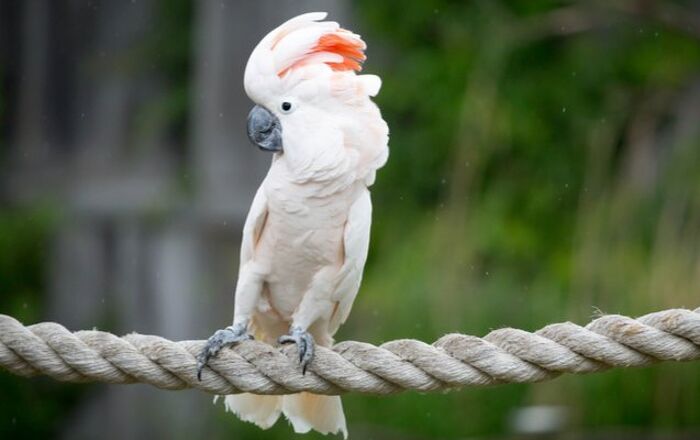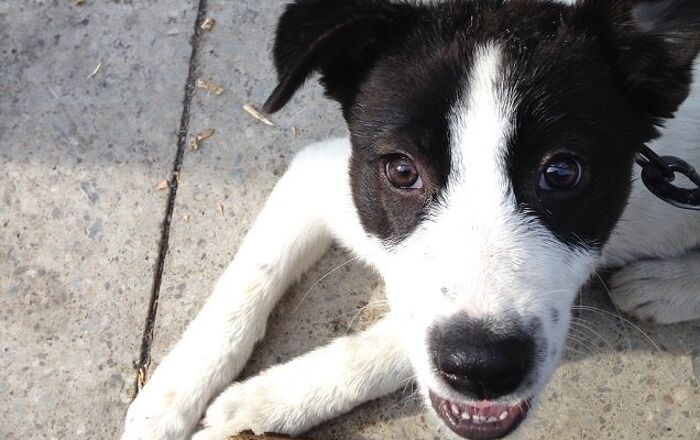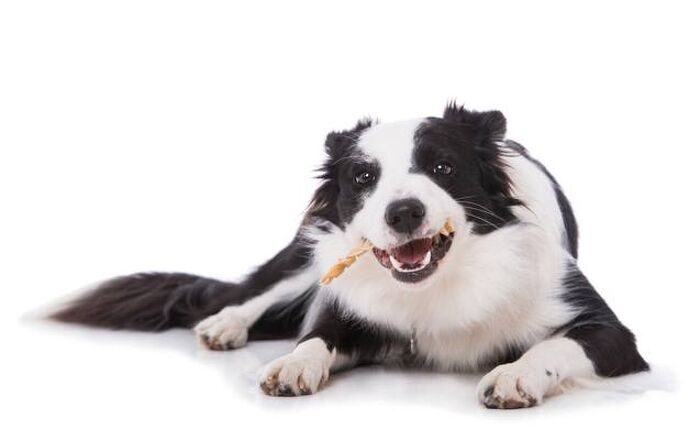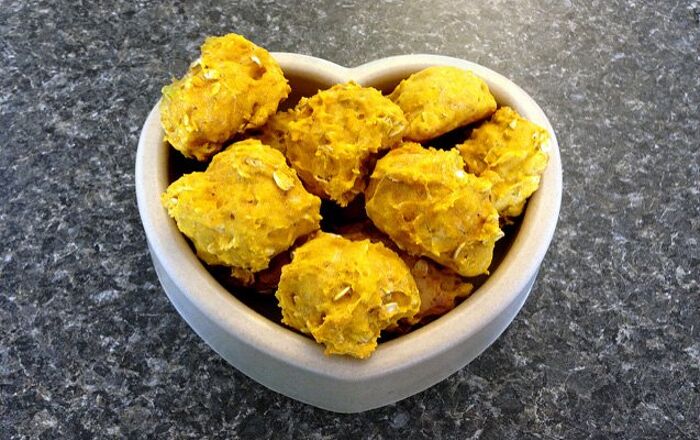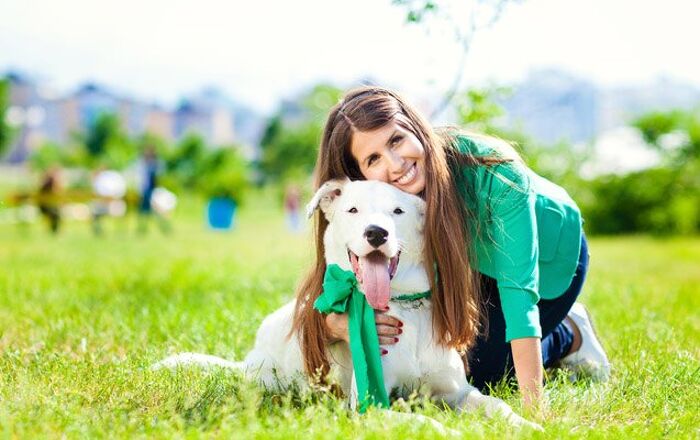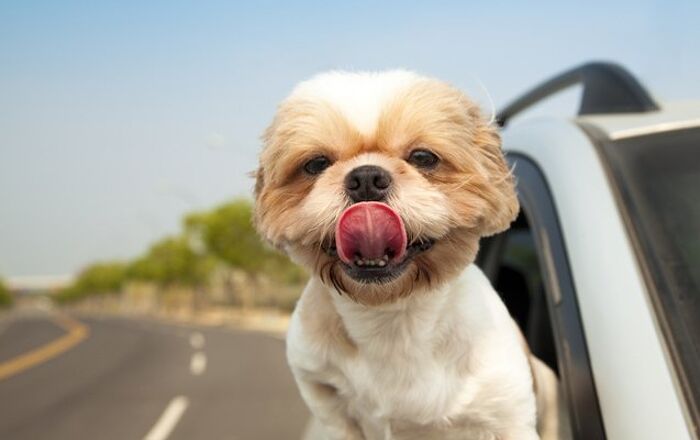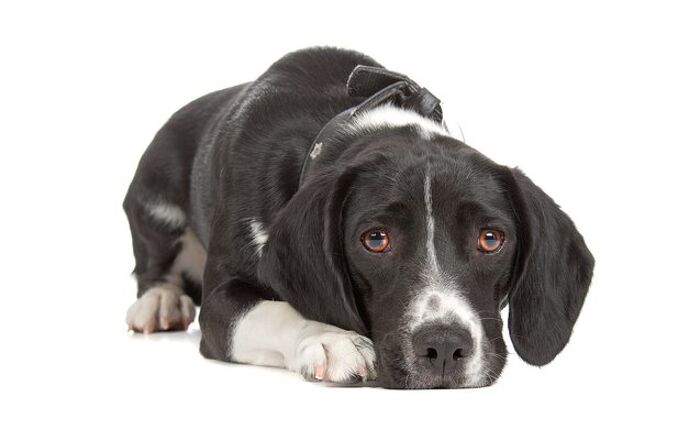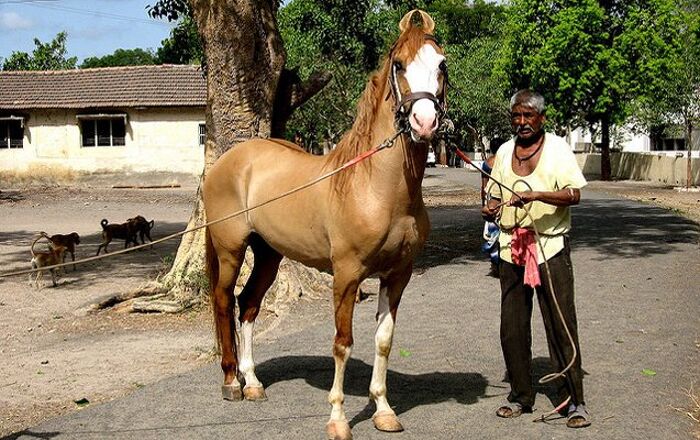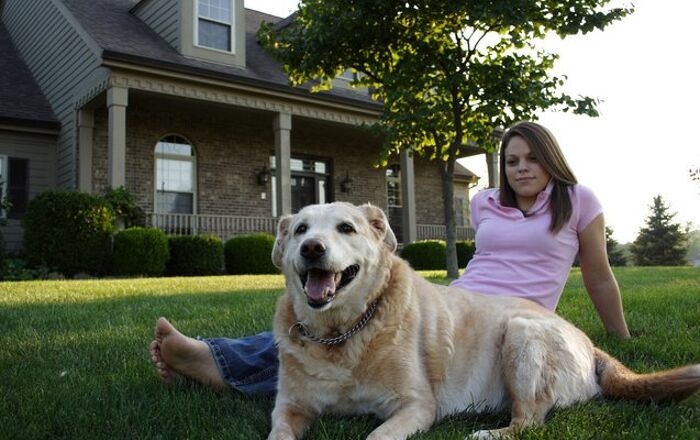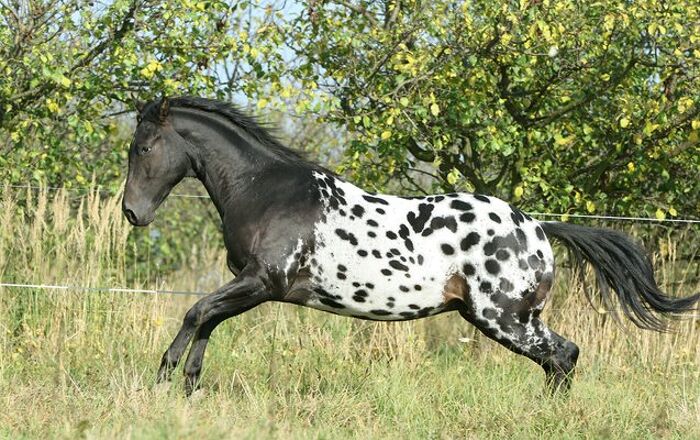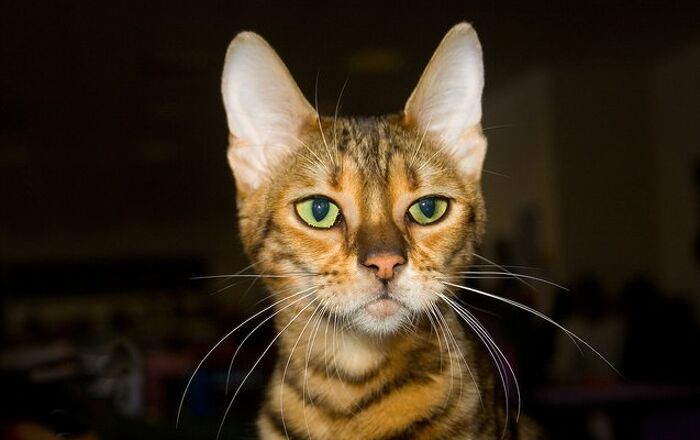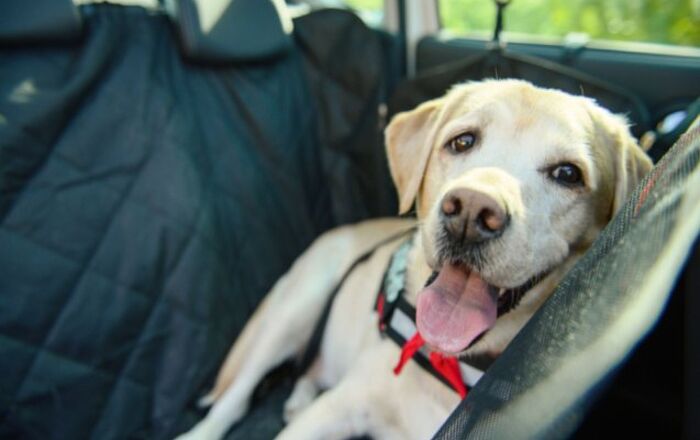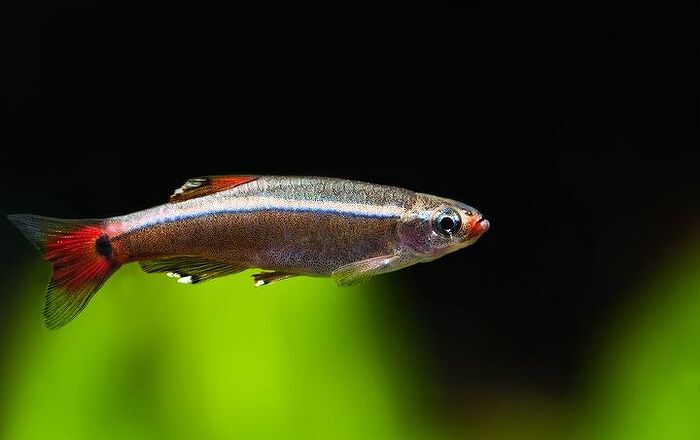
Oldenburg Horse Breed History
The Oldenburg Horse was bred originally from Friesian horses more than 300 years ago. Since then, this unique equine breed has evolved, particularly in order to fulfill the needs of humans throughout various time periods.
In the latter part of the 1500s, Count Johann XVI von Oldenburg decided to create the Oldenburg breed, which would be based on the Friesian that was primarily used as a harness horse. The Friesian would serve as the foundation breed to make way for a lighter horse that would be ideal for riding as well. Count Anton Gunter von Oldenburg, his successor, further refined this breed by incorporating more blood from lighter breeds that were arriving from areas like Italy, England, Spain, and Turkey.
Oldenburg horses display an air of nobility, and have evolved into a popular sport breed.
Throughout the 1600s and 1700s, the Oldenburg Horse became quite popular in various parts of Europe, and this led to indiscriminate breeding. There were over 16,000 horses in Europe in 1784, and private breeders were able to establish a studbook in 1861 in order to properly register breeding stock, as well as boost the quality of this breed as a way to meet the demands of the cavalry and coach lines.
Once the railway was introduced, harness horses were no longer needed as much, so the Oldenburg Horse breed was developed further in order to enhance the “German Riding Horse” concept. This called for the horse to have ground covering movement, a spirited yet kind personality, and elegance.
In 1983, the International Sporthorse Registry/Oldenburg Registry of North America, also known as ISR/OLD NA, was founded in order to approve and maintain Oldenburg Horse registration.
Today, the Oldenburg Horse is a breed that is powerful, reliable, and versatile. These popular horses display an air of nobility, and they have evolved and adapted into a competitive sport breed that still retains some of the characteristic knee action of its harness horse ancestors.
Breed Traits
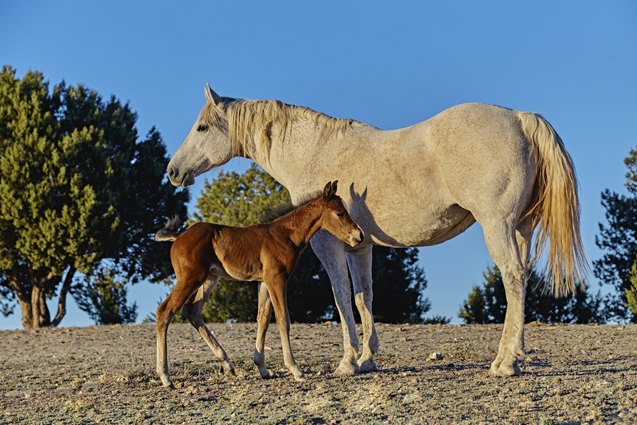
Even though the Oldenburg Horse is large in stature, it is not an intimidating breed or one that is difficult to work with or manage. In fact, the Oldenburg is known for having a pleasant and attractive personality, making it an easy animal to work with. These horses are intelligent, easy to train, even tempered, manageable, and kind.
These horses are also highly talented, and they are able to perform a variety of tasks because they are easy to train and adaptable. They make wonderful riding companions, but they will also excel in equine sports and competitions.
Oldenburg horses are powerful, reliable, and versatile.
Overall Description
The Oldenburg Horse is an attractive breed, featuring kind eyes and a somewhat large head that showcases either a Roman nosed or straight profile. The neck is strong and long, the chest is deep, and the horse is also well muscled through the hindquarters, back, and shoulders.
A combination of large and compact in stature, this horse breed is powerful and muscular from front to back. You will also note a high set tail, flat croup, and legs that are strong and feature thick, short bones. Even the hooves are big in order to bear the weight of this heavy breed.
The Oldenburg is known for having a pleasant personality, making it easy to work with.
Colors
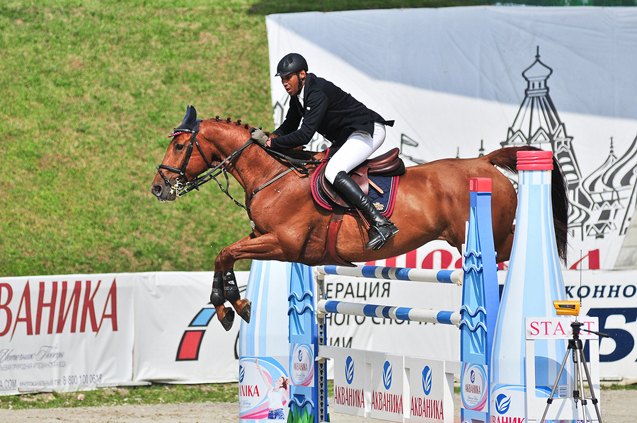
The Oldenburg Horse comes in a variety of colors, but the most common are brown, black, chestnut, gray, and bay. These horses can also feature white markings on the face and on their lower legs.
Grooming Requirements
The Oldenburg Horse requires a standard and regular equine grooming routine in order to remain beautiful and clean. Pay extra attention to this horse’s large hooves in order to ensure that they are kept free of debris, dirt, and rocks. Use a hoof pick and inspect the hooves whenever you groom your horse to be certain that there aren’t any injuries or infections developing.
To keep the Oldenburg Horse’s coat looking healthy, you can use a curry comb in order to remove dirt, debris, and loose hair easily and efficiently. A dandy brush can remove even more loose hair, mud, and dirt from the coat, while a body finishing brush could be used on the horse’s face and legs, which are typically more sensitive than other parts of the body. Follow these tools up with a shedding blade if you need to remove excess hair from the coat until it is totally smooth.
Finally, you can use a mane comb to clean out the mane and keep it free of tangles before using a tail brush to maintain the beauty, smoothness, and cleanliness of the tail.


